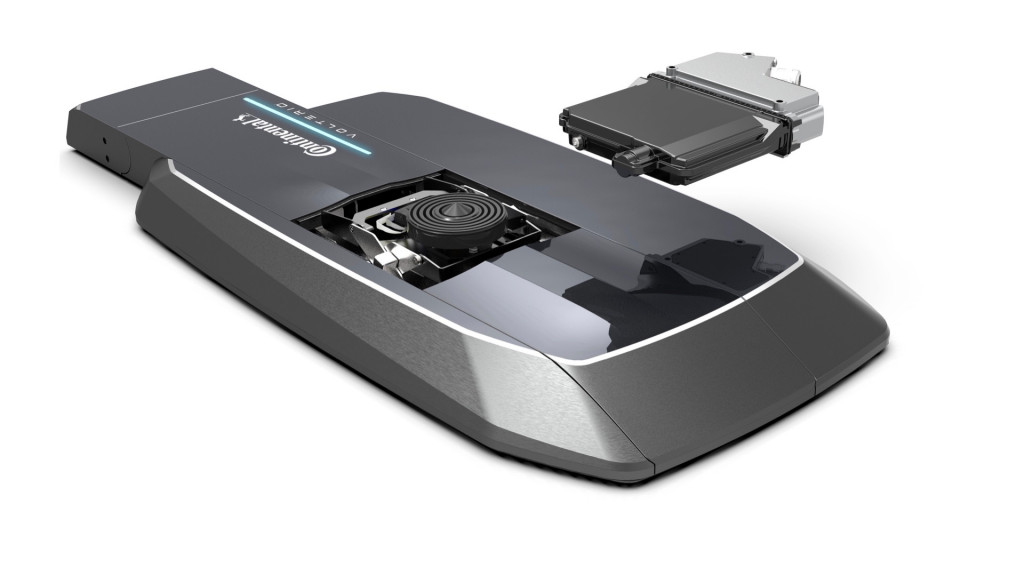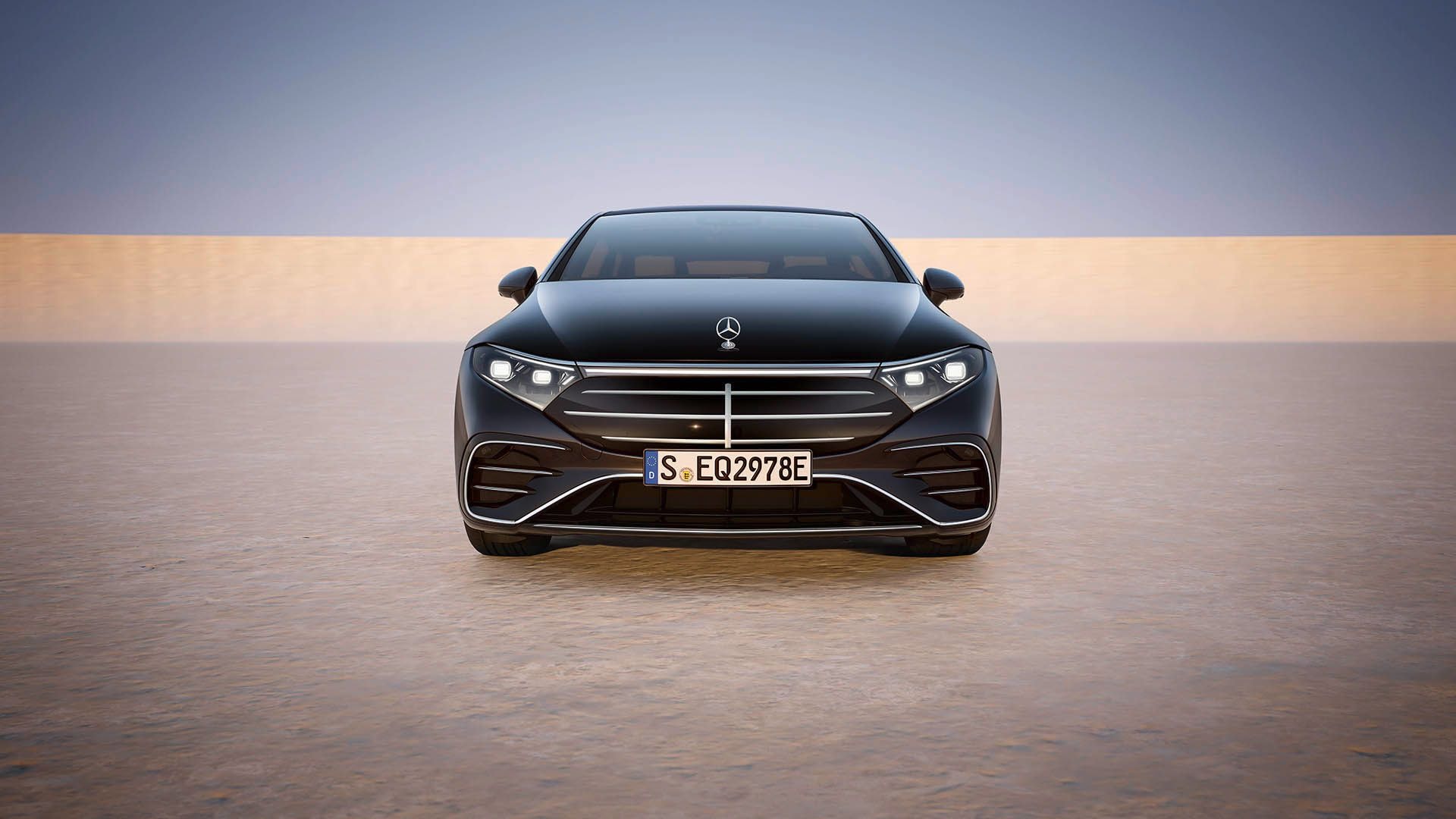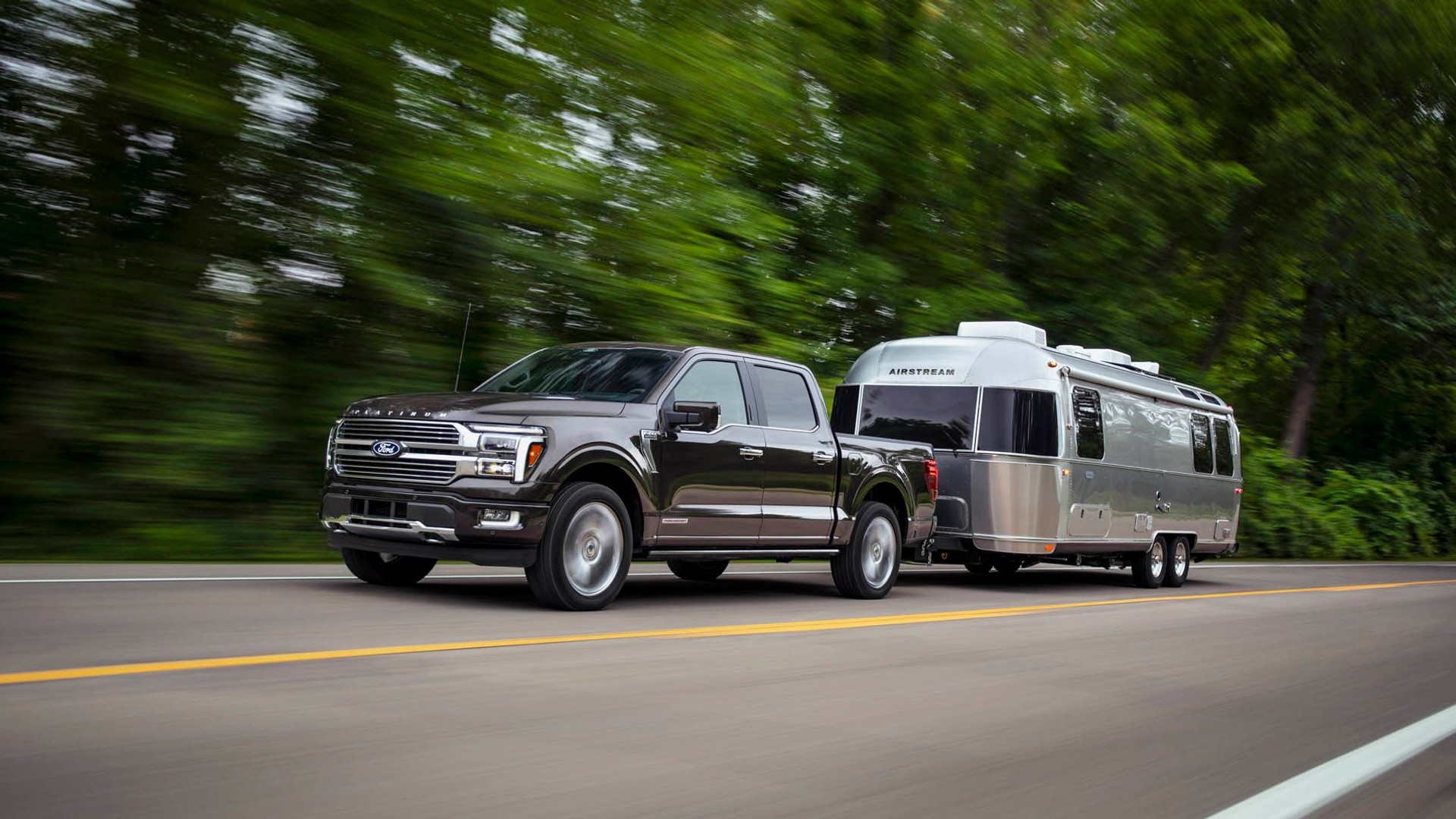Automotive supplier Continental recently unveiled a "charging robot" that aims to make charging more convenient.
Continental partnered with startup Volterio on the project. The two companies aim to have "near-production" systems ready by mid-2022, and are aiming for volume production in 2024, Continental said in a press release.
The hardware appears similar to the inductive wireless-charging hardware other companies have demonstrated. A robotic ground unit connected to a power source automatically connects to a receiver mounted underneath the car, Continental explained.

Continental and Volterio
However, unlike inductive charging, power flows through a physical connection, Continental noted. That means less energy is lost than inductive charging, which relies on a magnetic field to transfer power to the vehicle. Continental says the prototype system is capable of charging at 22 kw AC or 50 kw DC.
Not everyone agrees that wireless charging would be a step down in charging efficiency, though. The Department of Energy's Oak Ridge National Laboratory (ORNL) in 2018 claimed to transfer 120 kw of power wirelessly with a claimed 97% efficiency. In 2020, ORNL demonstrated transferring 20 kw with an 11-inch air gap, achieving a claimed 92% efficiency.
Continental's design does at least mean drivers won't have to park precisely over a fixed wireless charging pad. The robot can account for up to 11.8 inches of misalignment, Continental said, although it didn't mention some of the potential hurdles of a solution on the undercarriage of vehicles, such as winter snow and ice and road grime. It does, however, sound like a better solution than the Tesla "snake" charger shown in 2015, and less complicated than Chinese firm Aiways' unit, a small robot summoned via an app.

Continental and Volterio
Automated charging could become more important if self-driving cars ever become mainstream. In 2019, Electrify America announced a project to look at automating charging for self-driving fleets.
Even human-driven EVs might benefit from a more streamlined charging procedure, though—and it could be a point of differentiation for the home-charging experience for luxury cars.
Wireless inductive charging could sell more EVs, hardware maker WiTricity claims. So would a system like Continental's charging robot also encourage those who hesitate based on the charging experience?












